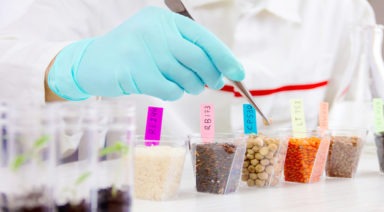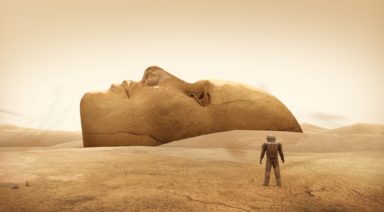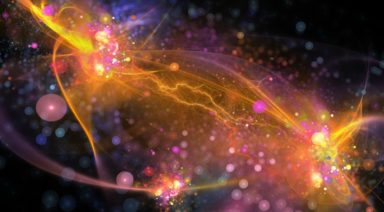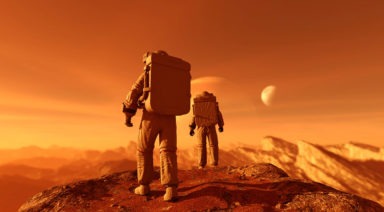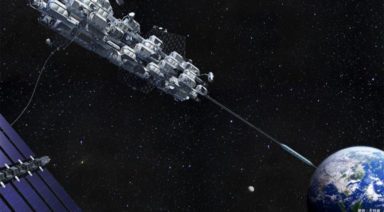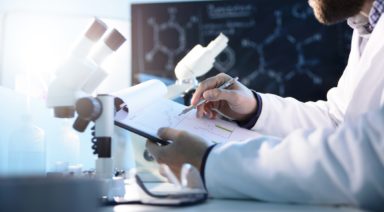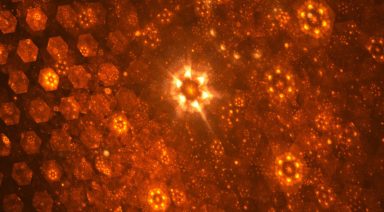Scientists Just Inserted a Human Intelligence Gene Into Monkeys
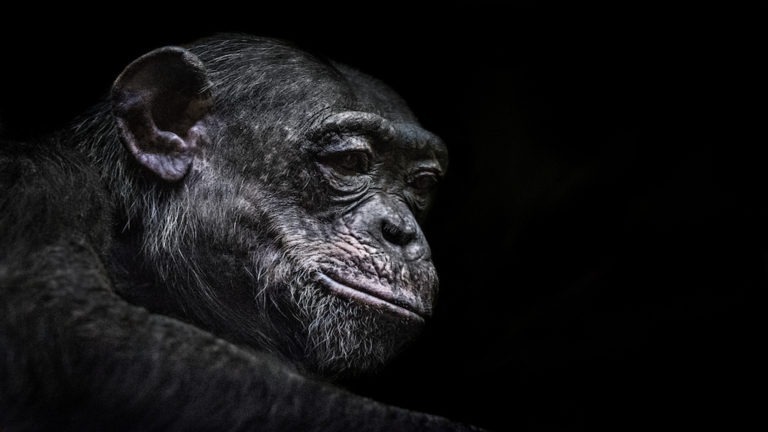
A team of Chinese scientists recently inserted copies of a human gene believed to be associated with intelligence, into the brains of rhesus monkeys in an attempt to narrow the intellectual evolutionary gap. And according to their results, monkeys who were introduced to MCPH1 showed “remarkable” improvements in short-term memory.
The experiment sparked similar ethical concerns as when a Chinese scientist modified the genes of a human baby late last year, using CRISPR technology to give it HIV immunity.
But despite the dreadful image of an ape with near-human sentience, à la Cornelius from Planet of the Apes, the study arouses some interesting relevance to the ancient astronaut theory that humans may have been seeded by an advanced species from elsewhere in the cosmos.
Unlike the incredibly extensive amount of time it takes for most physical traits to evolve, the human brain’s evolution happened extraordinarily fast. In the span of about two to three million years – a blip on evolutionary timelines – our brains doubled in size, and subsequent intellect. What was the catalyst for such rapid growth? Did someone introduce some gene(s) to our ancient hominid ancestors, like Australopithecus, which turned us into the intelligent Homo sapiens we are today?
The specific gene involved in the Chinese study is known as MCPH1, or microcephalin, which can lead to babies with small heads if damaged in humans. In addition to improved memory, scientists noticed the monkeys’ born with the MCPH1 gene took longer for their brains to develop, much like the extensive time it takes human brains to fully develop, though there wasn’t a noticeable increase in the monkeys’ brain size.
Scientists introduced between two and nine copies of MCPH1 into a group of monkey embryos, raised them, and then gave them memory tests.
But after the negative backlash from the international community of biologists it’s unlikely Bing Su, the leading geneticist involved in the study, will continue these experiments much further.
Though with China’s lax ethical standards when it comes to this type of bioengineering, it’s tough to say for sure.
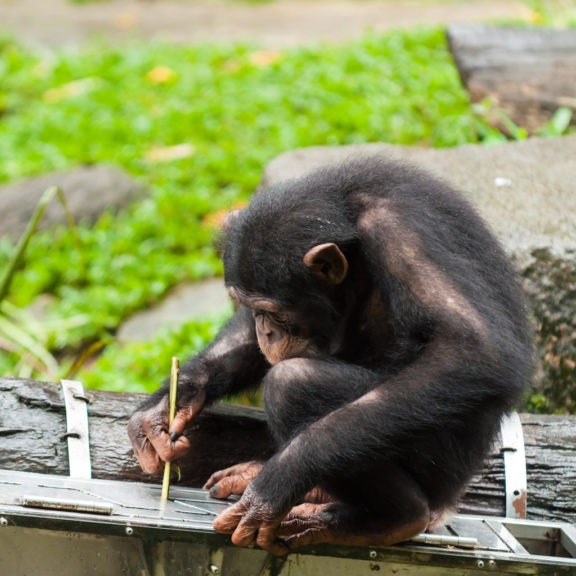
“Although their genome is close to ours, there are also tens of millions of differences,” Bing Su told the MIT Tech Review. “Impossible (that the monkeys would become something other than a monkey) by introducing only a few human genes.”
It doesn’t seem too far off that messing around with a few more genes or introducing enough of a specific gene from another species might tilt the scales in the direction of some chimeric creature. Scientists have already experimented with the creation of chimeras – just ask Alex Jones. Of course, they didn’t allow them to develop past fetal stages, or so they claim.
And China certainly isn’t the only country experimenting with human brain cells in animals, as U.S. scientists have done the same with mini-brain organoids implanted in mice. They say these may be developed as mini cortex repair kits for humans someday to treat conditions like Alzheimer’s.
But is it even possible to bestow human intelligence on a less developed ancestral species, and if one allowed these species to continue to evolve over millions of years, would this subtle intervention eventually lead to a more advanced version of that species? If so, would this prove that our intelligence may have been seeded from a more advanced biological ancestor of our own?
For that we’ll have to defer to Erich von Däniken and this episode of Beyond the Legend:
Popular Cereal, Granola Found to Contain Unsafe Levels of RoundUp

You might want to think twice before pouring yourself a bowl of your favorite cereal or granola, as Monsanto’s likely-carcinogenic products have probably contaminated your breakfast. Glyphosate, the active ingredient in the herbicide RoundUp has been found at unsafe levels in popular cereals such as Lucky Charms, Cheerios and Nature Valley granola, according to a recent study.
The study was published by the Environmental Working Group (EWG) – a philanthropic research group dedicated to studying the effects of toxic chemicals on children’s environmental safety. The group set a benchmark for safe levels of glyphosate in food products at 160 parts per billion (ppb), to test 45 conventional products and 16 organic products. Of those, 43 conventional products tested positive for glyphosate, while 5 organic products tested positive, though none of the organic products exceeded EWG’s safety benchmark.
The conventional products that tested high included Lucky Charms around 315 ppb; Quaker Dinosaur Egg Instant Oatmeal between 700 ppb; Quaker’s Old-Fashioned Oats between averaged 930 ppb; Nature Valley Granola Bars around 340 ppb; and Cheerios Whole Grain Oat Cereal averaged 497 ppb.
For a full list of the snacks and cereals tested for glyphosate look here.
EWG’s study was sparked by a recent lawsuit, which awarded $289 million to a man dying of cancer linked to his use of Monsanto’s RoundUp. Hopefully, this latest development will finally bring about the awareness needed for glyphosate-based products to be banned from use or highly regulated.


